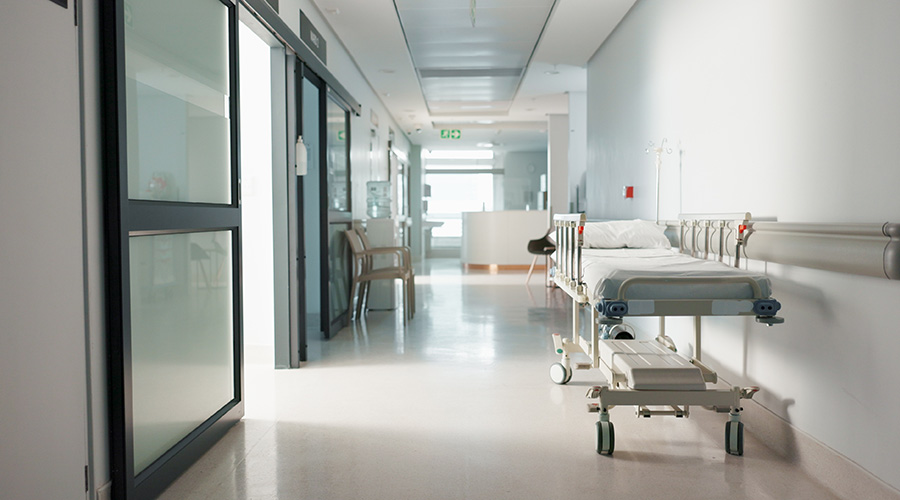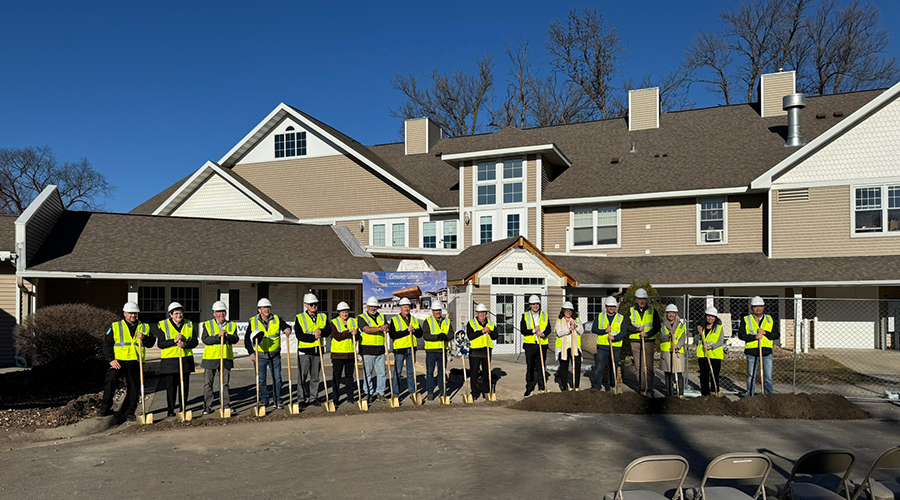Hospitals and other healthcare facilities are deeply personal places. People are at their most vulnerable in these buildings, asking for help and hoping for positive results. It’s not just patients that are subjected to this feeling. Families and staff members are also placed in sensitive situations and can feed off nervous energy. When it comes to children's facilities, though, it’s a whole different ballpark.
“When working on children's healthcare facilities, especially on construction projects undertaken in active environments, it's important to understand that we sometimes work alongside families and patients in critical situations,” says Peter Roche, senior project manager, BOND Building. “It remains at the top of our minds that we must maintain a construction process that not only meets the project's technical requirements but also prioritizes providing a supportive and cohesive environment for both patients and staff. This may involve simple acts of friendliness towards patients, families, and staff, adapting to evolving situations, and remaining sensitive to each project's unique needs and goals. We are here to do a job, but we never lose sight of the human aspect of the challenges that accompany these types of projects.”
Contrary to popular belief, the functionality of a space doesn’t solely rely on the designer’s expertise. Roche views it as a multi-pronged effort that requires collaboration amongst the designer and the end users of the building. By offering feedback on the design and effective mockups can be created to help problem solve.
“We create virtual mockups to study options and problem solve, but at the end of the day, what I find to be most successful to support the functionality of the spaces we build is a good old fashion first in place mockup before we go into full production,” says Roche. “First in place mockups can be used to flush out all sorts of potential issues, then live on to represent the expected standard of quality for all the remaining work.”
Related: 3 Case Studies Demonstrate Successful Pediatric Design
Still, the children’s healthcare sector is experiencing rapid growth and adaptations, benefiting both the institutions and families they service. However, future-proofing healthcare facilities goes beyond just expanding facilities. Roche explains that it is imperative that designers understand clients’ needs as it will better serve them in the long run. With this in mind, hospitals will be able to expand their impact and offer high-quality care closer to communities.
“If we know they're planning future expansions, renovations, or capital improvements, we can offer constructability insights during the current project to ensure flexibility,” says Roche. “Similarly, understanding their budgeting and staffing capabilities allows us to tailor pricing scenarios, whether it's achieving the most efficient initial cost or delivering the most energy-efficient or low-maintenance equipment.”
For healthcare facility design and renovation projects, compliance with all local, state and federal regulations is the minimum professionals must adhere to. Fortunately, most healthcare facilities adhere to the same requirements, but each building has their own set of nuances based on the types of services they provide and on things that staff have experienced.
All this comes to a head when it comes to the health and safety of patients – especially children. When designing or renovating a healthcare space, workers need to be aware of the risks that come along with it. Roche explains that when designers cannot keep projects isolated from families, teams should provide constructability, phasing and logistics plan to best avoid interaction between the work and patients. For example, separating a project into phases can safely isolate the work from patients and their families.
“A successful strategy to accommodate families is incorporating temporary waiting and family spaces into our logistics plans and budgeting,” Roche says. “When those types of solutions are not an option, our teams embed themselves with the client to understand traffic patterns, schedules, and habits in the impacted spaces. When we understand those, we can design a plan that makes our presence nearly invisible and ensures the safety of the children and families.”
Mackenna Moralez is the associate editor of the facilities market.

 Healthcare Is the New Retail
Healthcare Is the New Retail Bridgeway Behavioral Health Services Launches Campaign to Renovate Health Center
Bridgeway Behavioral Health Services Launches Campaign to Renovate Health Center Ground Broken for New North Dakota State Hospital
Ground Broken for New North Dakota State Hospital AI Usage for Healthcare Facilities
AI Usage for Healthcare Facilities Ground Broken on Pelican Valley Senior Living Modernization Project
Ground Broken on Pelican Valley Senior Living Modernization Project